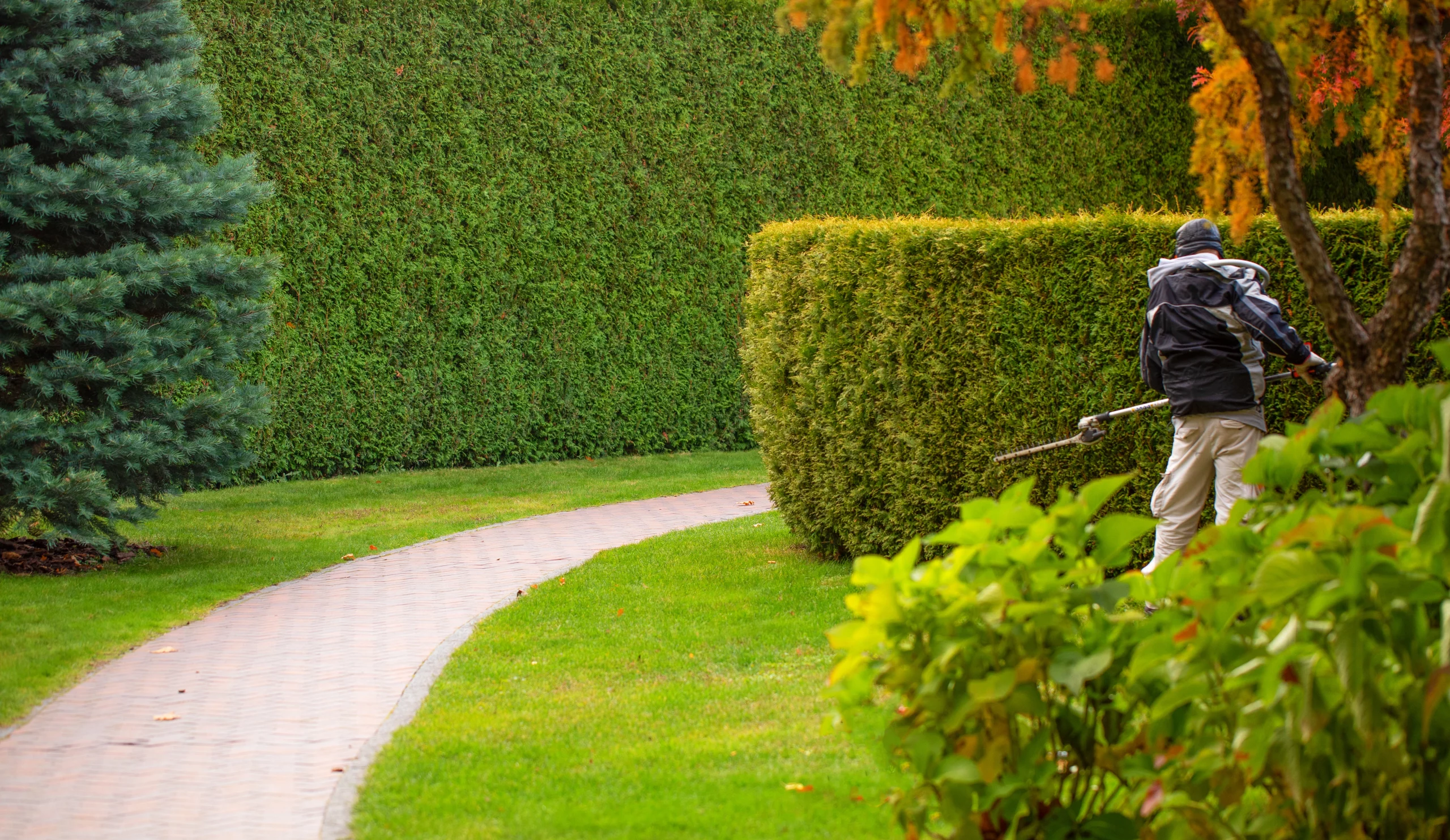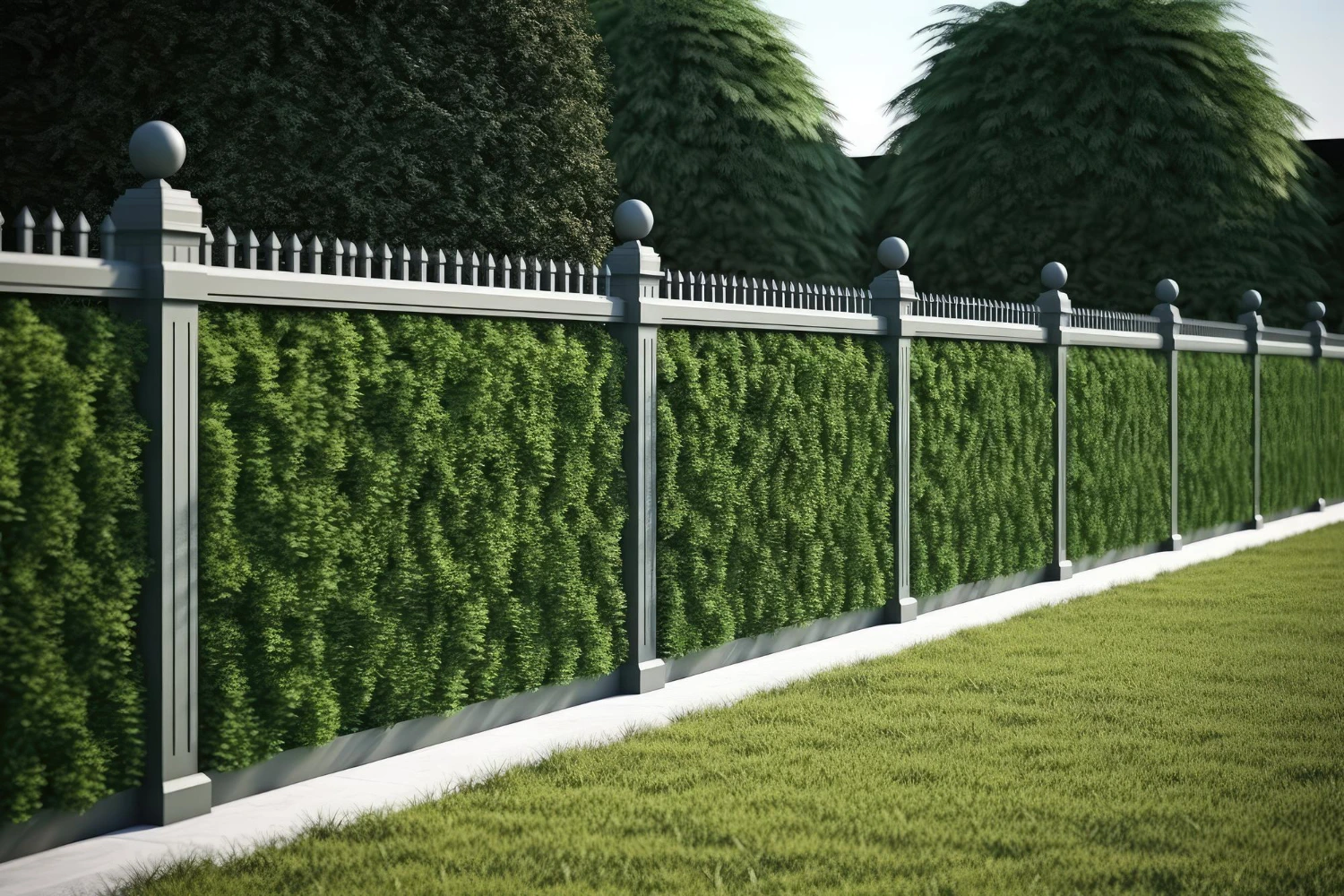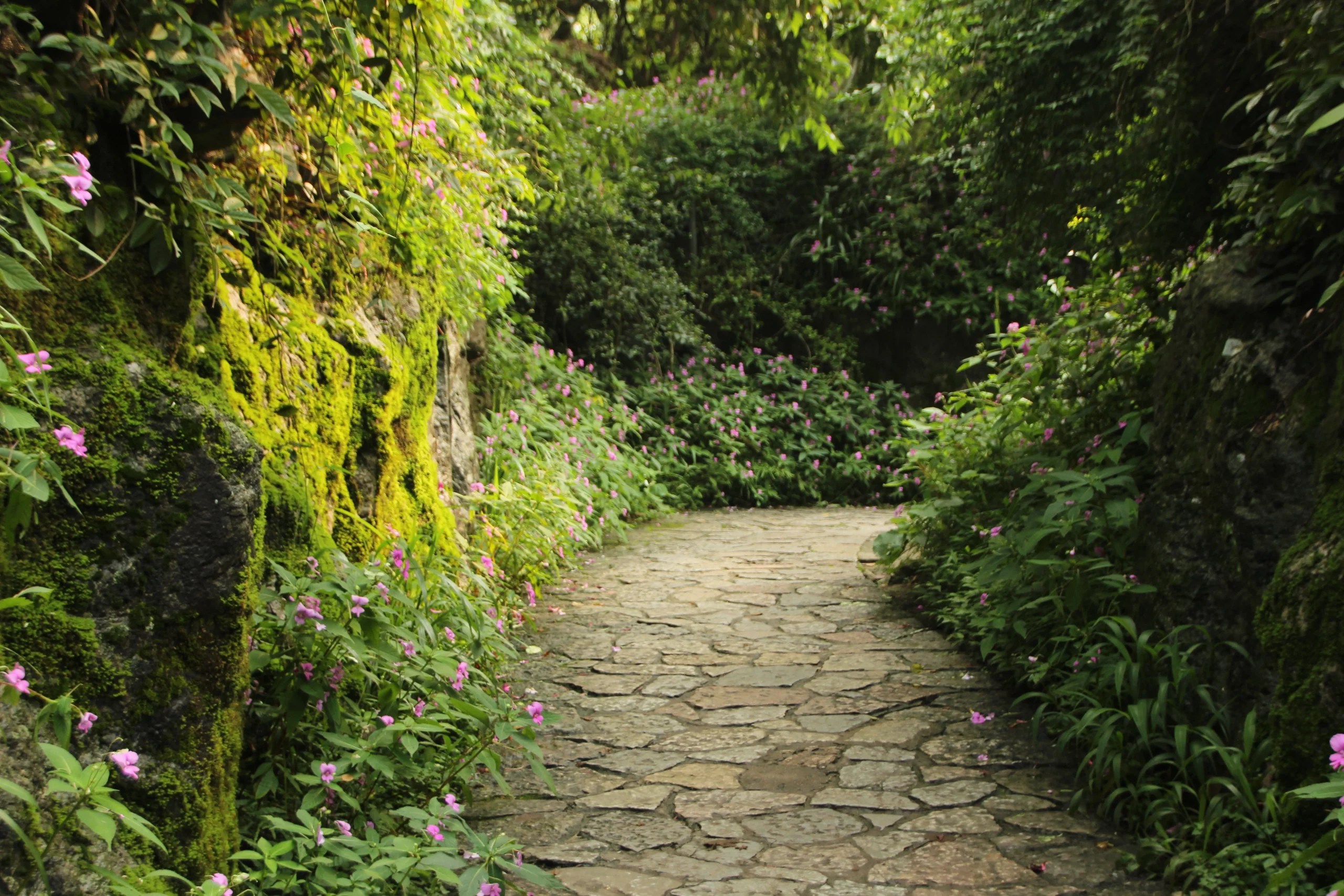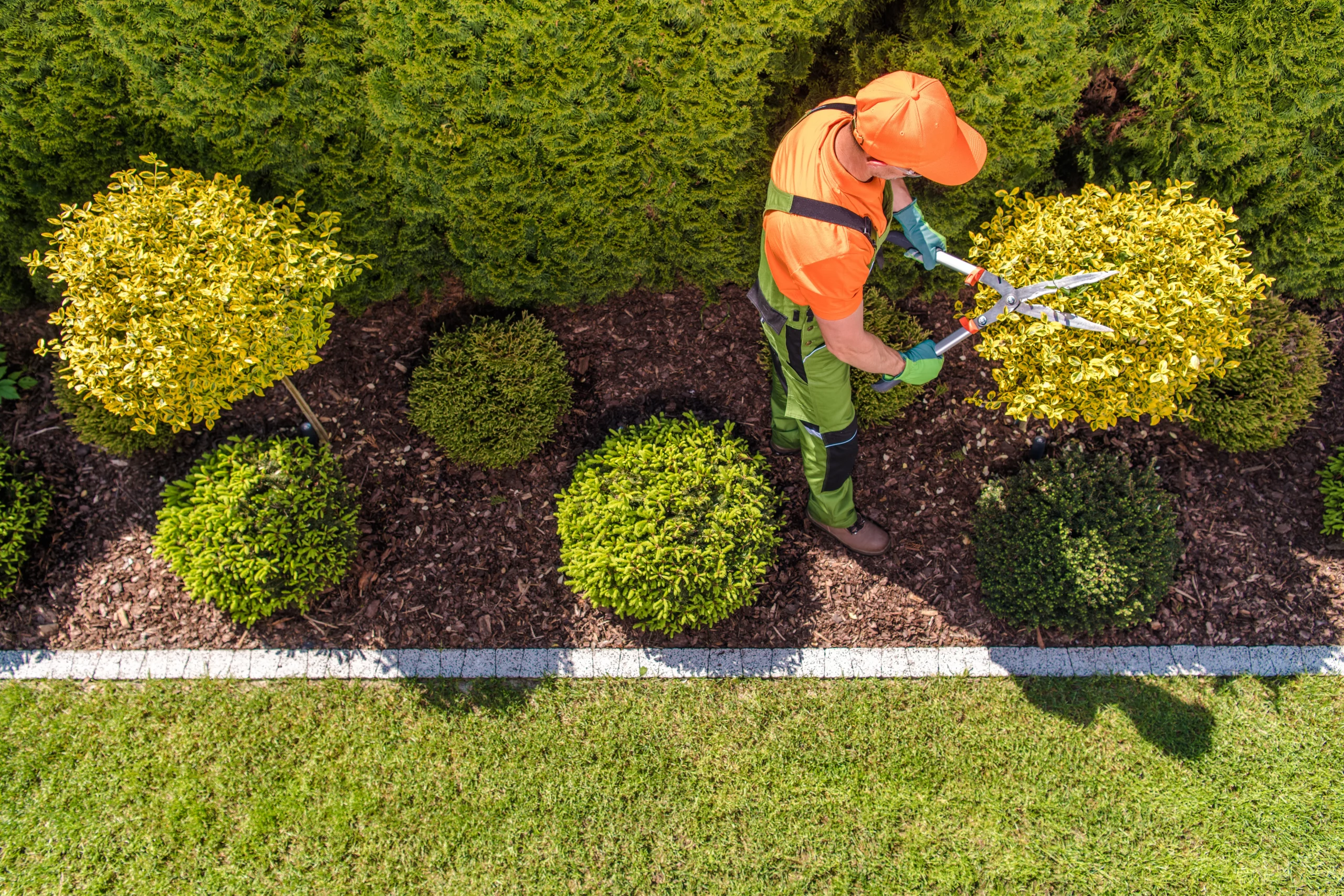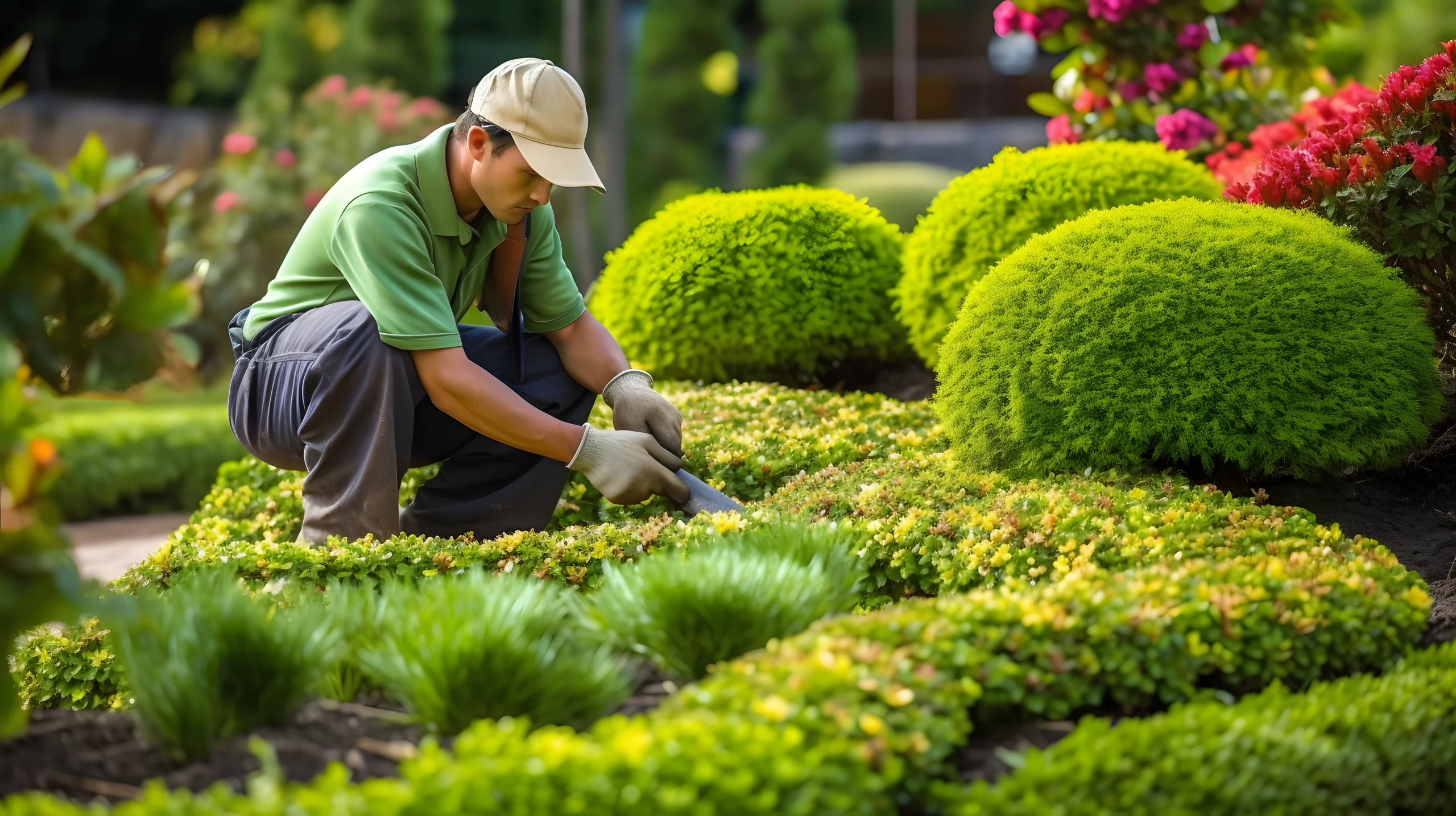How to landscape a small garden
How to Landscape a Small Garden: Maximising Space and Style
Posted by Peter | Updated July, 2024 | 10 Min Read Time
At a glance
- Landscaping a small garden ultimately comes down to planning, preparation and execution.
Key takeaways:
- A strategic design can turn small gardens into attractive and practical spaces.
- Plant and feature choices should focus on maximising space and year-round appeal.
- Effective small garden landscaping combines aesthetics with functionality.
Landscaping a small garden presents a unique set of challenges but also offers great opportunities for creativity and innovation. Maximising your limited outdoor space requires a thoughtful approach to design and plant selection. By recognising the potential of a small garden, you can transform it into a beautiful and functional sanctuary.
Whether you’re working with a cosy backyard or a compact urban plot, smart landscaping choices will enable you to craft a charming and inviting garden area.
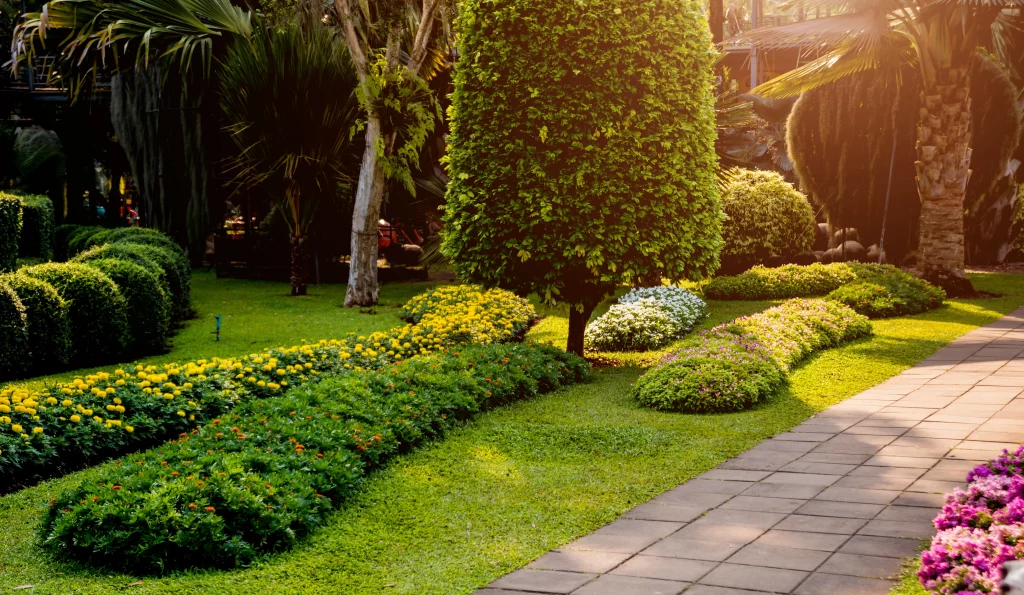
Thinking about landscaping your garden this year?
Landscaping A Small Garden Ultimately Comes Down To Planning, Preparation & Execution.
To achieve the best results when designing your garden, it’s important to plan meticulously. Consider factors like light exposure, existing features, and how you want to use the space.
Vertical gardening, clever use of mirrors, and multitasking features can help give the illusion of a larger area while adding visual interest.
Prioritise plants that provide year-round interest, and select furniture and accessories that complement the scale of your garden without overwhelming it. With the right approach, even the smallest gardens can become a treasured outdoor retreat.
Designing Your Small Garden Layout
Creating a cohesive and functional small garden layout requires thoughtful planning. Your choices will directly affect the garden’s aesthetic appeal and practical use. Here’s how to navigate the process skillfully.
Planning for Functionality
Before you begin planting, consider how you’ll use your space. If you entertain often, dedicate areas for seating and dining.
For gardens where children play, leave open, grassy spaces. Think about the path of the sun to position sunny and shady corners strategically for relaxation at different times of the day.
Selecting a Focal Point
Choose a focal point that anchors your garden’s design. This might be a water feature, sculpture, or a stunning plant. A focal point draws the eye and can make your garden appear larger when placed effectively, especially in a narrow garden.
Creating Privacy and Enclosure
Privacy is key in a small garden. Utilise fencing, tall plants, or trellises to create a sense of enclosure without overwhelming the space. Introduce vertical structures like privacy screens that complement the layout and design, fostering a secluded atmosphere.
Incorporating Paths and Paving
Paving should be proportional to your garden size. Slim paths and petite patios help maintain a sense of scale. Use paving to guide visitors through the garden, ensuring each step offers a new view or experience. Paths can also employ visual tricks, like narrowing toward the end, to enhance the sense of depth in your small garden.
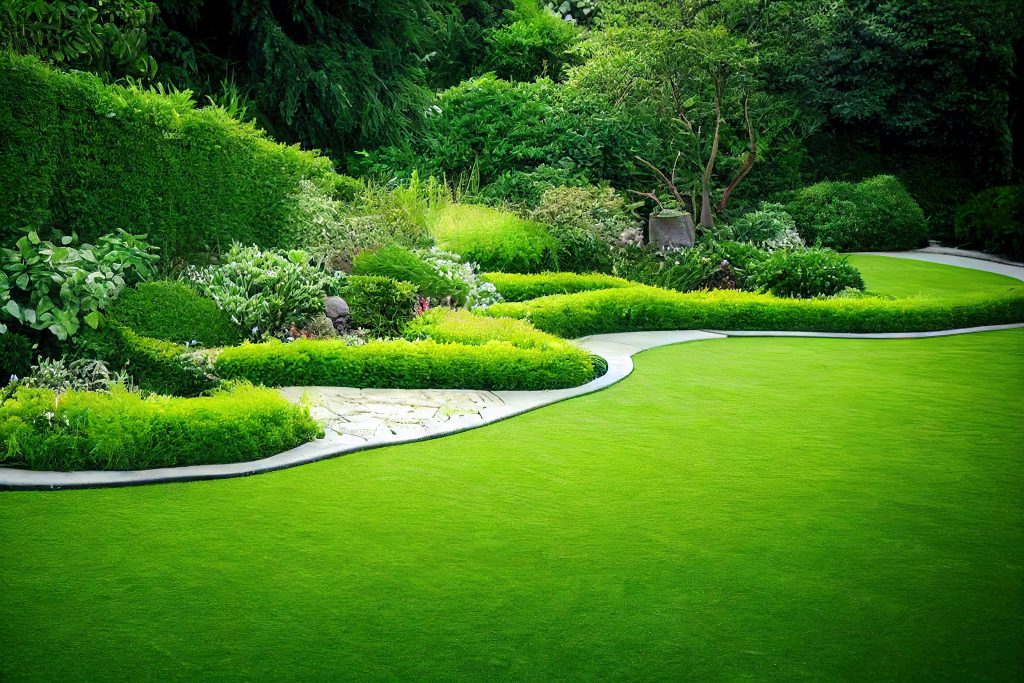
Choosing Plants and Features for Your Garden
Strategically selected plants and features can transform your small garden into a lush, vibrant retreat. Focus on maximising space through vertical planting, using pots for flexibility, and creating interest with textures and lighting.
Making the Most of Greenery and Foliage
Key Greenery: Use vertical space to your advantage by incorporating climbing plants like ivy or jasmine. Choose foliage that varies in texture and shape to create visual depth in limited space. Opt for evergreens for year-round presence, and don’t overlook the value of tall, slim plants like alliums for adding height without occupying too much ground space.
- Foliage Plants:
- Ferns (shade-tolerant, adds texture)
- Hostas (variety of sizes, shade-loving)
- Herbs (scented, useful)
Adding Color and Texture with Flowers
To infuse your garden with colour, select flowers that have different blooming cycles, ensuring a colourful display throughout the seasons. When clustering flowers, consider a colour palette that complements each other; for instance, lilies and sweet peas can offer both stunning blooms and enticing fragrances. Remember, for smaller gardens, bold and bright colors can make spaces feel larger.
- Flowers for Color and Texture:
- Spring: Tulips (bold color)
- Summer: Lilies (striking texture)
- Fall: Chrysanthemums (variety of hues)
- Winter: Hellebores (subtle elegance)
Landscaping your garden can be one of the best investments you can make for your home. Not only can increase the value of your property but it also provides the perfect outdoor sanctuary for your to enjoy all year round.
Utilizing Pots and Planters
Pots and planters are essential for flexibility in a small garden. You can easily rearrange them for a fresh look. Go for containers that fit the scale of your garden; small to medium pots prevent overcrowding. Lightweight, frost-resistant materials will last longer and could be repurposed to support seasonal blooms or edible plants, like herbs and dwarf vegetable varieties.
Integrating Water Features and Lighting
A water feature doesn’t need to be large to make an impact. A small fountain or a birdbath can add both movement and sound, enhancing the sensory experience of your garden. Lighting should address both functionality and aesthetics; solar-powered LED lights or tastefully placed spotlights can illuminate paths and highlight key plants, ensuring your garden is enjoyable day and night.
- Water Features:
- Tabletop fountain (gentle sound)
- Pebble water garden (wildlife-friendly)
- Lighting Ideas:
- Solar path lights (energy-efficient)
- LED spotlights (highlight features)
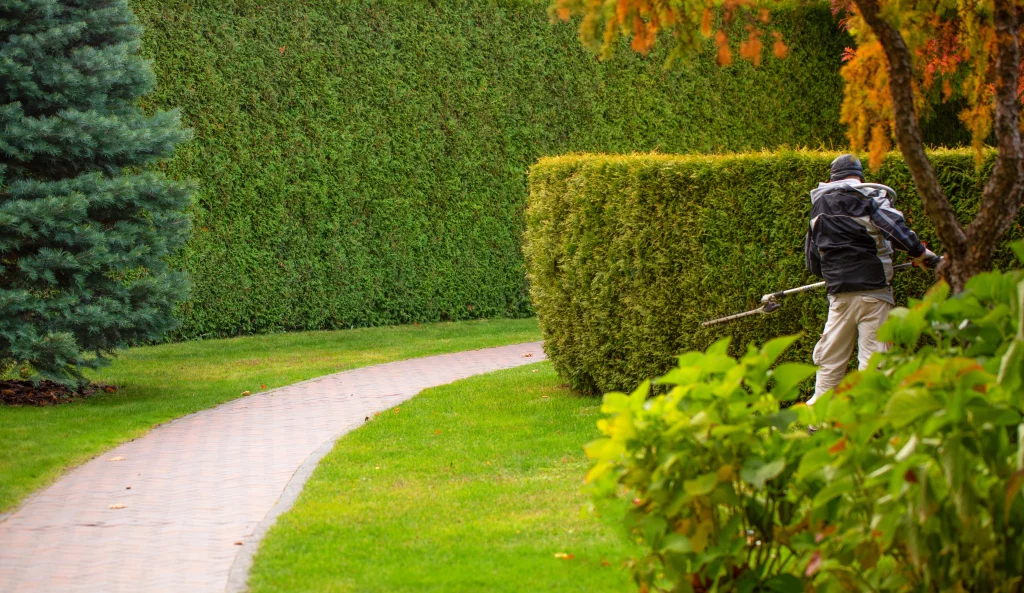
In Conclusion
Achieving a stunning small garden requires a strategic approach, where every inch counts. Remember to:
- Maximize vertical space: Utilise fences and walls to introduce climbers or vertical planters, adding depth and lushness to compact areas.
- Utilize multipurpose features: Choose furniture and garden elements that serve more than one purpose to conserve space—benches with built-in storage are a great example.
- Incorporate varying heights: Intersperse your layout with different plant heights, from low ground covers to medium shrubs and tall slim plants for a layered look.
Focus on continuity: Cohesiveness is key, so select a consistent colour palette and plant variety that complements each other and the theme of your garden.
Remember, it’s not the size of the garden that defines its beauty, but the quality of its design. The right choices can turn even the smallest patch into a personal paradise. For bespoke advice or assistance in crafting your perfect small garden design, feel free to contact us and we’ll be happy to offer our expertise.
To finish crafting your small garden space can be a fulfilling project. With careful planning and creative design, your small garden will offer a beautiful and restful retreat.



